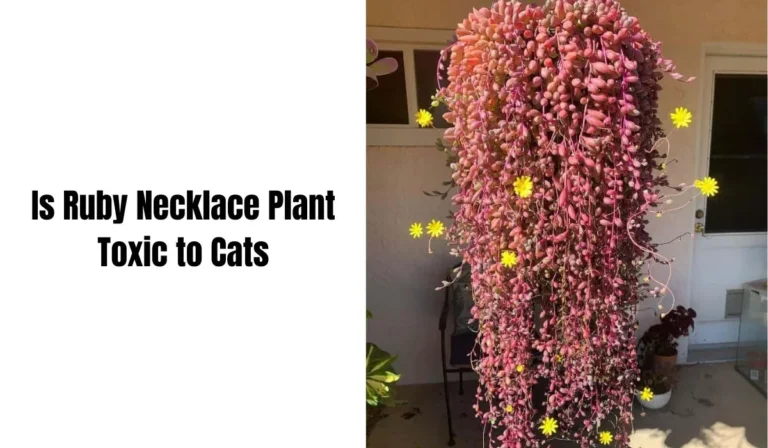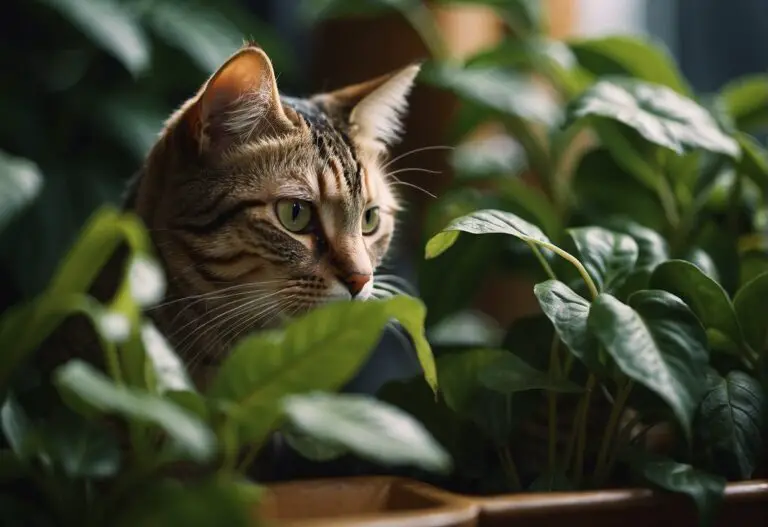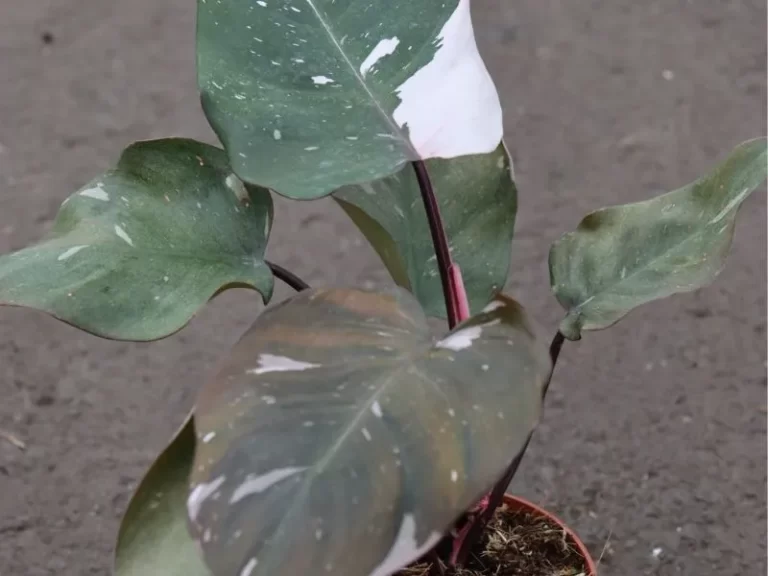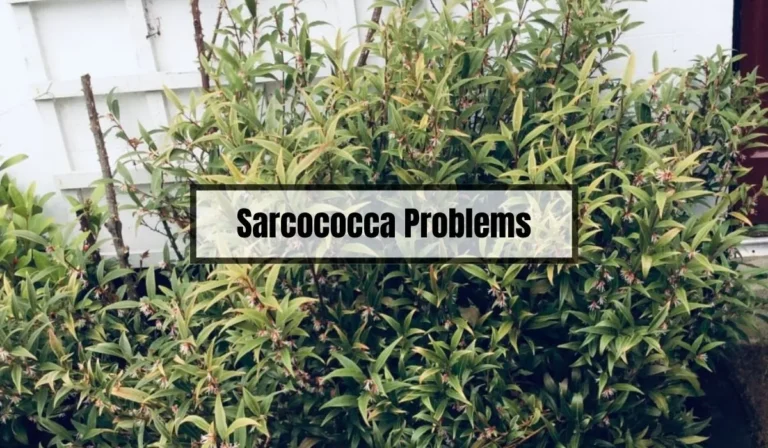Philodendron Birkin Problems: Common Issues and How to Solve Them
If you’re a fan of the Philodendron Birkin, you know how beautiful and easy-to-care-for this plant can be. However, even the most experienced plant parents can run into problems with their Birkin.
In this article, we’ll explore some common issues that can arise with this plant and provide some solutions to help you troubleshoot any problems you may encounter.
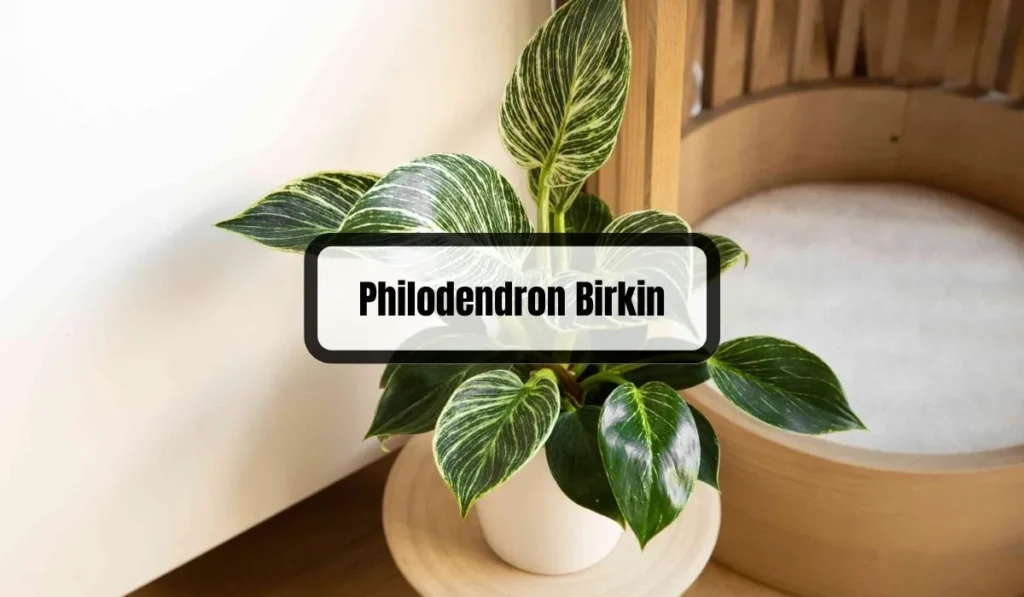
Understanding the needs of your Philodendron Birkin is crucial to keeping it healthy and happy. This tropical species thrives in warm, humid environments and prefers bright, indirect light but can tolerate lower light conditions.
Overwatering, underwatering, pests, and diseases are common issues that can affect the health of your Philodendron Birkin, but with a little bit of knowledge and care, you can prevent and solve these problems.
Key Takeaways
- Philodendron Birkin thrives in warm, humid environments and prefers bright, indirect light.
- Overwatering, underwatering, pests, and diseases are common issues that can affect the health of your Philodendron Birkin.
- By understanding the needs of your plant and taking preventative measures, you can keep your Philodendron Birkin healthy and thriving.
Philodendron Birkin Problems
If you’re a plant enthusiast, you’re probably familiar with the Philodendron Birkin. This plant is well-known for its variegated dark green leaves with white pinstripes, making it a popular choice for houseplant lovers.
However, like any other plant, Philodendron Birkins can face problems that can affect their growth and appearance. In this section, we’ll discuss common issues and prevention tips to help you keep your Philodendron Birkin healthy and thriving.
Common Issues
Here are some common problems that you may encounter with your Philodendron Birkin:
| Problem | Possible Causes | Prevention |
|---|---|---|
| Yellowing leaves | Overwatering, underwatering, or lack of nutrients | Check the soil moisture regularly and adjust your watering schedule accordingly. Fertilize your plant with a balanced fertilizer every four to six weeks. |
| Brown spots on leaves | Fungal or bacterial infections, insect infestations, or too much direct sunlight | Provide your plant with indirect sunlight and avoid overwatering. Remove the affected leaves and treat the plant with a fungicide. |
| Leaf curling | Cold temperatures, lack of humidity, or too much direct sunlight | Keep your plant in a warm and humid environment and provide it with indirect sunlight. |
Prevention Tips
Here are some prevention tips to keep your Philodendron Birkin healthy:
- Watering: Water your plant when the top inch of soil is dry. Avoid overwatering, as it can lead to root rot and other issues. Also, make sure to use well-draining soil to prevent waterlogging.
- Lighting: Provide your Philodendron Birkin with bright, indirect sunlight. Avoid exposing it to direct sunlight, as it can burn the leaves and cause other issues.
- Humidity: Philodendron Birkins thrive in humid environments. Consider using a humidifier or placing a tray of water near your plant to increase humidity levels.
- Fertilizing: Fertilize your plant with a balanced fertilizer every four to six weeks during the growing season.
By following these tips and being vigilant about potential issues, you can keep your Philodendron Birkin healthy and thriving. Remember to regularly inspect your plant for any signs of problems and take action promptly to prevent further damage.
Understanding Philodendron Birkin
If you’re looking for a unique and beautiful houseplant to add to your indoor garden, the Philodendron Birkin is a great choice.
But before you bring one home, it’s important to understand its growth requirements and ideal conditions to ensure that your plant thrives.
Growth Requirements
The Philodendron Birkin is native to South America and prefers a warm and humid environment to grow. Here are some key growth requirements to keep in mind:
- Light: The Philodendron Birkin prefers indirect sunlight. Direct sunlight can scorch the leaves, while too little light can cause stunted growth. Place your plant in a well-lit area, but avoid direct sunlight.
- Water: This plant likes to be kept moist, but not soaking wet. Watering once a week is usually sufficient, but be sure to check the soil moisture to avoid overwatering. Use a well-draining potting mix to prevent waterlogging.
- Soil: A well-draining potting mix with good aeration is ideal for the Philodendron Birkin. Avoid heavy soils that can retain too much moisture. You can add perlite or sand to improve drainage.
- Fertilizer: This plant benefits from regular fertilization during the growing season (spring and summer). Use a balanced fertilizer every 4-6 weeks to promote healthy growth. Avoid fertilizing during the dormant season (fall and winter).
Ideal Conditions
To keep your Philodendron Birkin healthy, it’s important to provide it with ideal conditions. Here are some tips to ensure your plant is happy:
- Humidity: This plant thrives in a humid environment. You can increase humidity by misting the leaves or placing a humidifier nearby. You can also group plants together to create a microclimate.
- Temperature: The Philodendron Birkin prefers temperatures between 65-75°F (18-24°C). Avoid exposing it to cold drafts or temperatures below 55°F (13°C). Keep your plant away from air conditioning vents or heaters.
- Pot Size: This plant prefers to be slightly root-bound, so choose a pot that’s only slightly larger than the root ball. Repotting every 2-3 years is sufficient.
- Pruning: Regular pruning can help keep your Philodendron Birkin healthy and bushy. Remove any yellow or diseased leaves and prune back leggy growth to encourage new growth. You can also propagate your plant by stem cuttings.
By understanding the growth requirements and ideal conditions for the Philodendron Birkin, you can help prevent many of the problems that this plant can encounter. With a little care and attention, your Philodendron Birkin can thrive in your home.
Troubleshooting Philodendron Birkin Problems
If you’re having problems with your Philodendron Birkin, don’t worry! Here are some common issues and how to troubleshoot them.
Yellowing Leaves
Yellowing leaves are a common problem with Philodendron Birkin. Here are some possible causes and solutions:
| Problem | Solution |
|---|---|
| Overwatering | Check the soil, and if it is soggy, then your plant is getting too much water. Reduce the watering frequency and let the soil dry out before watering again. |
| Underwatering | Check the soil, and if it is dry, then your plant needs more water. Increase the watering frequency and make sure the soil is moist but not soggy. |
| Nutrient Deficiency | Use a balanced fertilizer and follow the instructions on the package to provide your plant with the necessary nutrients. |
Slow Growth
If your Philodendron Birkin is not growing as fast as it should, then here are some possible causes and solutions:
- Lack of Light: Philodendron Birkin requires indirect light to stimulate growth. If your plant is not getting enough light, then it will grow slowly. Move your plant to a brighter spot, but avoid direct sunlight.
- Low Humidity: Philodendron Birkin prefers high humidity levels. If the air in your home is dry, then your plant will grow slowly. Use a humidifier or place a tray of water near your plant to increase the humidity.
- Root Bound: If your Philodendron Birkin has outgrown its pot, then it might be root-bound. Repot your plant in a slightly larger pot with fresh soil to give it room to grow.
Root Rot
Root rot is a common problem with Philodendron Birkin, especially if it is overwatered. Here are some signs and solutions:
- Mushy Roots: If the roots are mushy and brown, then it might be due to root rot. Remove the plant from the pot, trim away the rotting roots, and repot the plant in fresh soil.
- Foul Smell: If the soil smells foul, then it might be due to root rot. Remove the plant from the pot, trim away the rotting roots, and repot the plant in fresh soil.
- Yellowing Leaves: If the leaves are yellow and droopy, then it might be due to root rot. Check the roots, and if they are mushy and brown, then follow the above steps to save your plant.
Remember to keep an eye on your Philodendron Birkin and address any issues as soon as possible to ensure it grows healthy and strong.
Frequently Asked Questions (FAQs)
How often should I water my Philodendron Birkin?
The watering frequency for your Philodendron Birkin depends on various factors such as the temperature, humidity, and soil type. It is best to water your plant when the top inch of soil is dry to the touch. Overwatering can lead to root rot, so make sure the soil is well-draining and not waterlogged.
Can Philodendron Birkin tolerate direct sunlight?
Philodendron Birkin prefers bright, indirect light. Direct sunlight can scorch the leaves and cause damage to the plant. Place your plant in a location that receives bright, filtered light, such as near a north or east-facing window.
What kind of soil is best for Philodendron Birkin?
Philodendron Birkin prefers well-draining soil that is rich in organic matter. A mixture of peat moss, perlite, and vermiculite can provide the ideal growing medium for your plant. Avoid using heavy, clay-based soils that can retain too much moisture and lead to root rot.
Is Philodendron Birkin safe for cats?
Philodendron Birkin is toxic to cats and other pets if ingested. The plant contains calcium oxalate crystals that can cause irritation and swelling in the mouth, throat, and digestive tract. Keep your plant out of reach of pets and children.
How can I prevent white leaves on my Philodendron Birkin?
White leaves on your Philodendron Birkin can be caused by too much direct sunlight or a lack of nutrients. Make sure your plant is receiving bright, filtered light and fertilize it regularly with a balanced houseplant fertilizer. You can also trim off any white leaves to encourage new growth.
Remember to keep an eye on your Philodendron Birkin and adjust its care as needed. With proper care, your plant can thrive and bring beauty to your home.
Conclusion
In conclusion, Philodendron Birkin is a beautiful and unique houseplant that can add a touch of elegance to any room. However, like any other plant, it can be prone to certain problems that can affect its health and appearance. By following the care tips and troubleshooting advice outlined in this article, you can ensure that your Philodendron Birkin thrives and remains healthy.
Remember to keep your Philodendron Birkin in a bright, indirect light and to water it only when the top inch of soil feels dry. Avoid overwatering and ensure that the pot has proper drainage to prevent root rot. If you notice any signs of pest infestation, such as spider mites or mealybugs, take action immediately to prevent the problem from getting worse.
If your Philodendron Birkin is exhibiting any of the symptoms mentioned in this article, such as yellowing leaves, brown spots, or drooping, take the necessary steps to address the issue. This may include adjusting the watering schedule, repotting the plant, or treating it with a fungicide or insecticide.
With proper care and attention, your Philodendron Birkin can be a stunning addition to your indoor garden. Don’t hesitate to reach out to the plant community or consult with a professional if you need additional help or advice. Happy growing!


